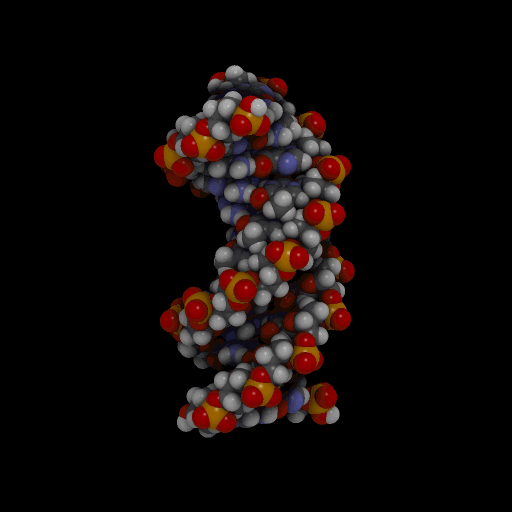 I was in Zurich last week, attending a workshop at ETH (= Eidgenössische Technische Hochschule, the university Albert Einstein went to). I enjoyed it. It was quite a small conference, around 30 people, allowing for lots of informal chatting about people’s results and what are the outstanding problems.
I was in Zurich last week, attending a workshop at ETH (= Eidgenössische Technische Hochschule, the university Albert Einstein went to). I enjoyed it. It was quite a small conference, around 30 people, allowing for lots of informal chatting about people’s results and what are the outstanding problems.
The workshop was on forces in biology, from the forces on the molecules in our cells to the forces cells themselves exert. Muscle cells of course exist to exert forces, the contraction of muscles in my arms (not hands as fingers are moved by muscles in the arms) is what is enabling to type this. But all our cells exert forces on each other, they are constantly pulling against each other in all the tissues in your body.
I think the talk I found most interesting was one on a molecule called a helicase. We and all living things having helicases, they are essential to life. Essentially, they unwind DNA, pulling the 2 strands of the DNA double helix apart so each can be copied, and new DNA made.
The talk concerned an interesting question concerning helicases: Basically do they themselves exert the forces to pull the double helix apart? Or are they basically pushed along the DNA by the molecules, called polymerases, coming up behind them? The polymerases are the molecules that actually copy the DNA.
In cells it is difficult to test these ideas as there DNA is surrounded by a complex set of molecular machines, including helicases and polymerases. But answering this question would not only tell us about how bodies work. It is also important as these molecular machines are the targets of some of our best antibiotics. These antibiotics target these machines in bacteria, stopping them multiplying.
